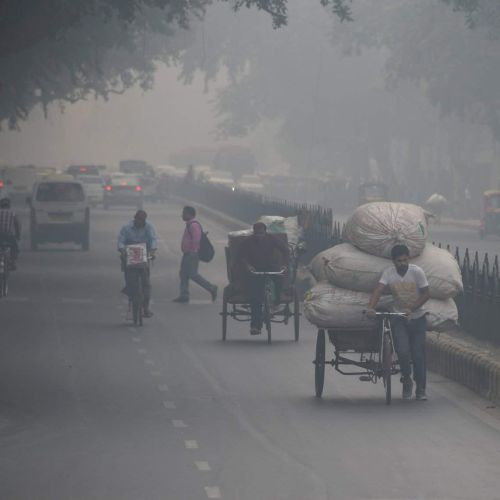New Delhi: The Imager payload on-board ISRO’s INSAT-3D & 3DR satellites is used to monitor Aerosol Optical Depth (AOD), which is indicator of particles and smoke from biomass burning affecting visibility and increase of PM2.5 and PM10 concentration in the atmosphere. It is found that AOD, PM2.5 and PM10 concentrations are higher over Indo-Gangetic Plain covering parts of Delhi, Uttar Pradesh and Bihar during October and November. High concentration of these pollutants is seen originating from parts of Punjab and Haryana during stubble burning.
Climatological study of satellite based fire occurrences and associated pollutant parameters reveal that fire occurrences increased by 4% over Punjab and Haryana region during October- November between 2003 and 2017. The model based analysis suggests that there is a high probability of transportation of smoke aerosols from Punjab & Haryana, towards down-wind regions of Delhi, Uttar Pradesh and Bihar.
INSAT 3D & 3DR Imager based AOD, PM2.5 and PM10 spatial maps are made available on web portals viz. airquality.iirs.gov.in and www.mosdac.gov.inalong with other ancillary parameters for visualization. Using medium resolution Indian Remote Sensing (IRS) satellite data, stubble burned area maps are generated at the end of stubble burning activity in Kharif season.
ISRO has been carrying out monitoring of stubble burning since 2015. The products generated are comparable to the NASA products.
This information was provided by the Union Minister of State (Independent Charge) Development of North-Eastern Region (DoNER), MoS PMO, Personnel, Public Grievances & Pensions, Atomic Energy and Space, Dr Jitendra Singh in written reply to a question in Lok Sabha today.
(Source: PIB)
To Listen to this News click on the play button.












